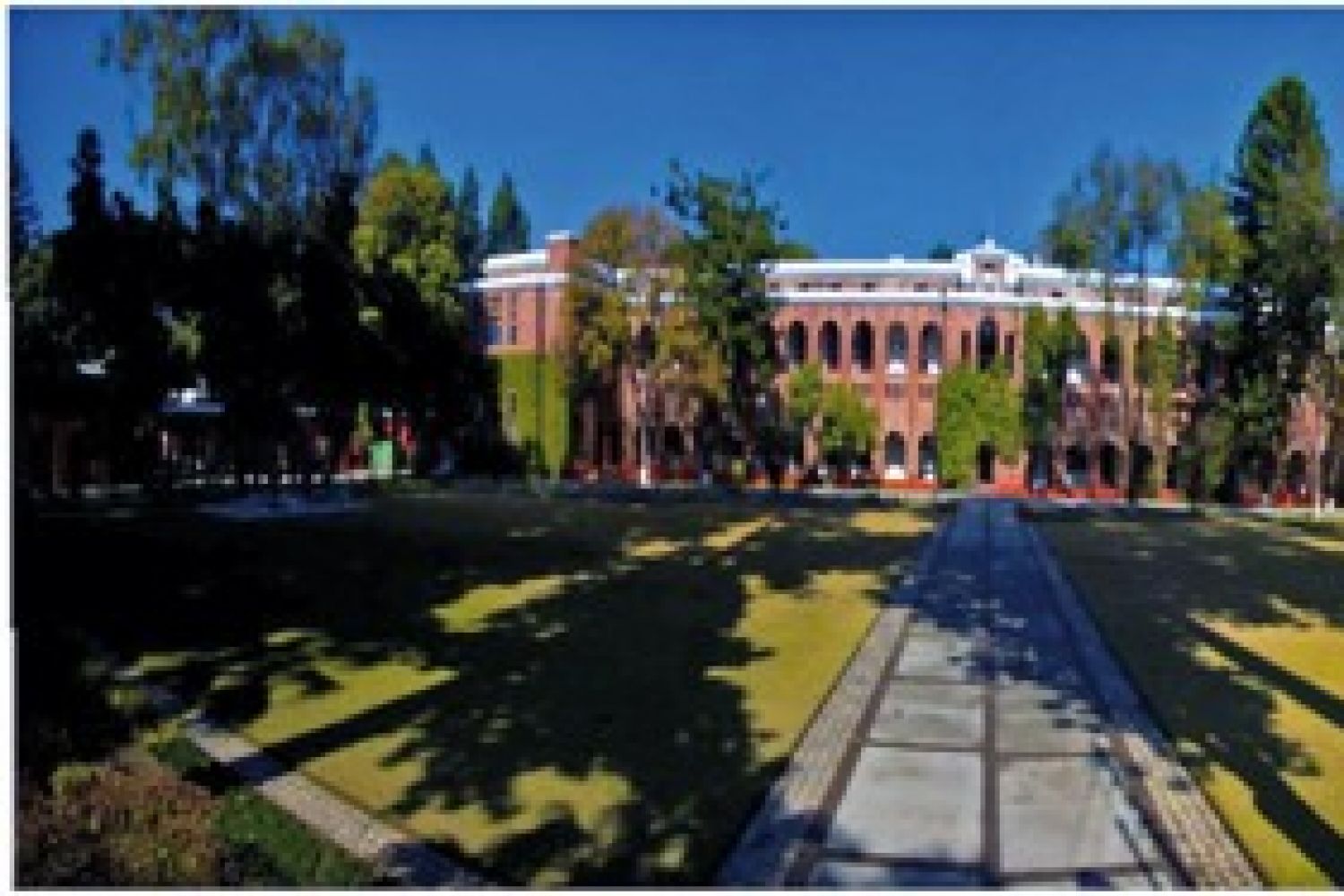
When Prince Siddhartha
turned recluse and sat under a Bodhi tree to gain insight into the meaning and
way of life, little could he have foreseen that, as the Buddha, he would have
such a profound influence on the art of landscaping.
Those of us who have
had the good fortune to experience the joy of laying out a formal garden can
only bless the sage for inadvertently cutting the path of reflection and sensitivity
that is the cornerstone of such a venture, even though the irony may be that





